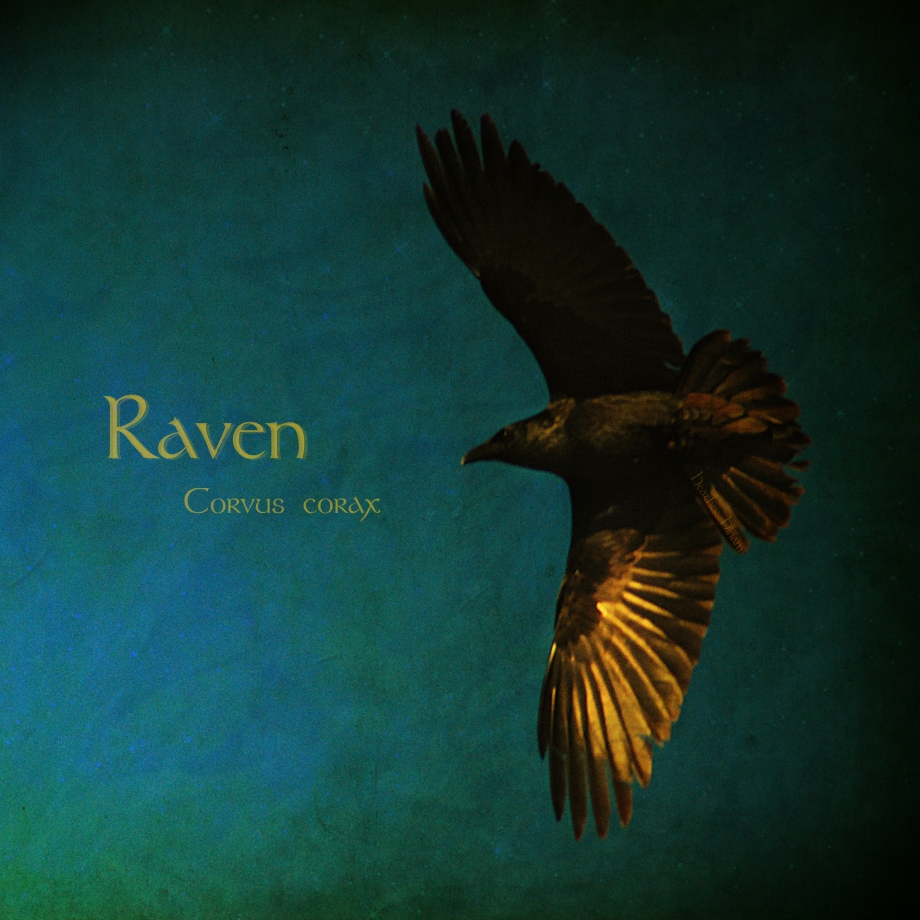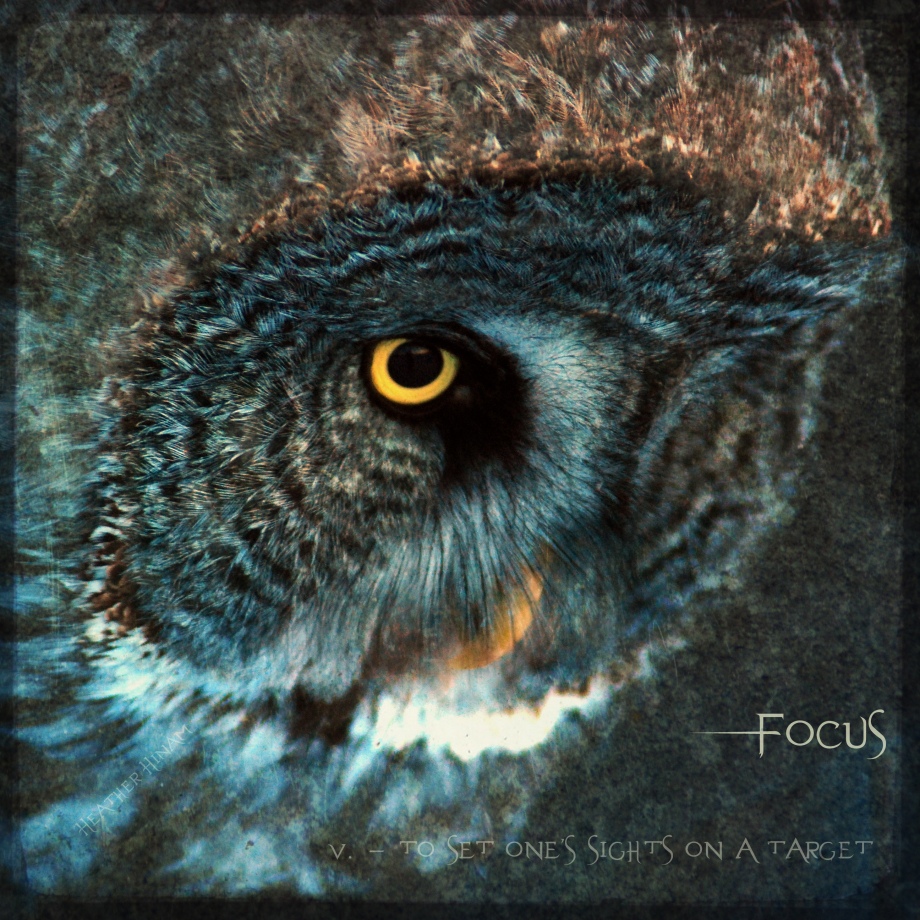 One of the things I love most about my job is seeing the sparkle of wonder that lights in a person’s eye when they discover something amazing about an object they see everyday. There’s nothing quite like watching people suddenly see the world in a whole new light.
One of the things I love most about my job is seeing the sparkle of wonder that lights in a person’s eye when they discover something amazing about an object they see everyday. There’s nothing quite like watching people suddenly see the world in a whole new light.
Trembling aspen are one of those amazing everyday things. They’re a ubiquitous tree, found in all Canadian provinces and with a range stretching south along the Rockies as far as Mexico. Where I live on the border of the boreal forest and aspen parkland, these often spindly, pale poles are everywhere, making up the bulk of smaller forest patches and bringing a welcome contrast to the dark green of the spruces and firs.
To most people, they’re unremarkable, row upon row of white-grey trunks, stark against the winter’s snow, often blending into the background. To me, however, they’re the above-ground manifestation of a complex and sometimes enormous network.
Trembling aspen are clonal. Although they can produce seeds, they very rarely germinate and most of their propagation is achieved through roots shooting up new trees and colonizing open areas. An entire woodlot can be made up of one genetic individual, all connected by the same set of roots. The easiest way to spot a clonal colony is in the early spring or fall. Look for that group of trees that have leafed out or turned yellow before all the rest. That’s all one individual. In fact, the heaviest living organism in the world (weighing in at an estimated 6000 tons) is an aspen clone in Utah named Pando (The Trembling Giant).
Aspen have likely evolved this form of reproduction as a way of dealing with fires, which is the main force driving the dynamics of the boreal forest and the parkland to the south. Aspen, or white poplar as they are sometimes called, are excellent colonizers. Around here, they’re the first tree to re-establish after a fire. Most blazes that rip through a forest don’t burn at an overly hot temperature and while they kill off the most of the vegetation on the surface, they usually leave the roots intact. Once the fire has passed, the aspen roots are instrumental in stabilizing the remaining soil and fixing raw nutrients, like nitrogen, so that it can then be used by other organisms.
This regular disturbance by fire is actually very important for the long-term viability of an aspen clone. Each individual tree (ramet) isn’t particularly long-lived, and usually die back after about 200 years. Fire cleans out the dead wood. It also kills back shade-tolerant species like white spruce and balsam fir that would ultimately take over the forest through succession, beating back the aspen.
Being part of a clone definitely has its advantages. With all the trees connected, they can take advantage of localized resources, such as water and nutrients, moving them from rich areas throughout the entire clone so all the trees can survive.
One might think that with the ability to produce infinite copies of oneself, an aspen clone could live forever. In theory, I suppose it would be possible. Although a 200 year life-span for each individual ramet isn’t especially long in the world of trees, a clone can live for thousands of years. In fact, that clone in Utah is estimated to be over 80,000 years old. However, a recent study done in San Diego has shown that as clones get older, their ability to produce pollen and thus reproduce sexually, eventually disappears as a result of a build up of genetic mutations over millennia. Without the ability to produce viable seeds, the clone becomes vulnerable. If disease or succession or an especially hot fire were to wipe out the clone, it would have been unable to create a new generation before succumbing.
Still, considering some aspen clones have been around since before North America saw its first humans, I’d say they’re doing fairly well with their current life history strategy. Every time I wander among their ghostly pillars, I can’t help but wonder at all they’ve seen. If only trees could talk…


